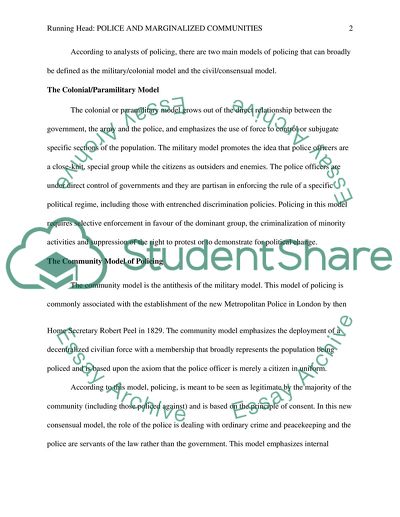Cite this document
(“POLICE AND MARGINALIZED COMMUNITIES Essay Example | Topics and Well Written Essays - 2000 words”, n.d.)
Retrieved from https://studentshare.org/sociology/1568746-police-and-marginalized-communities
Retrieved from https://studentshare.org/sociology/1568746-police-and-marginalized-communities
(POLICE AND MARGINALIZED COMMUNITIES Essay Example | Topics and Well Written Essays - 2000 Words)
https://studentshare.org/sociology/1568746-police-and-marginalized-communities.
https://studentshare.org/sociology/1568746-police-and-marginalized-communities.
“POLICE AND MARGINALIZED COMMUNITIES Essay Example | Topics and Well Written Essays - 2000 Words”, n.d. https://studentshare.org/sociology/1568746-police-and-marginalized-communities.


